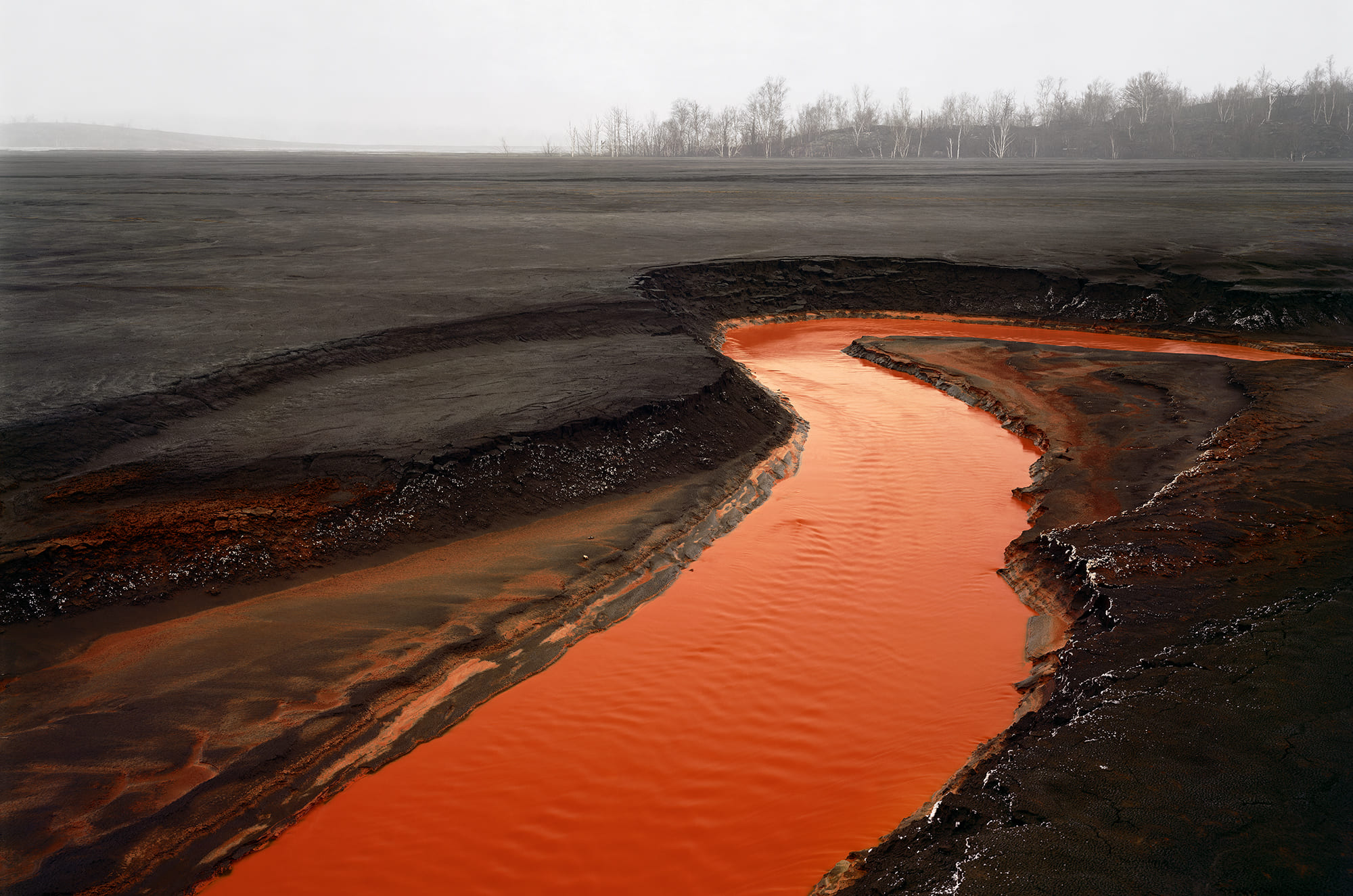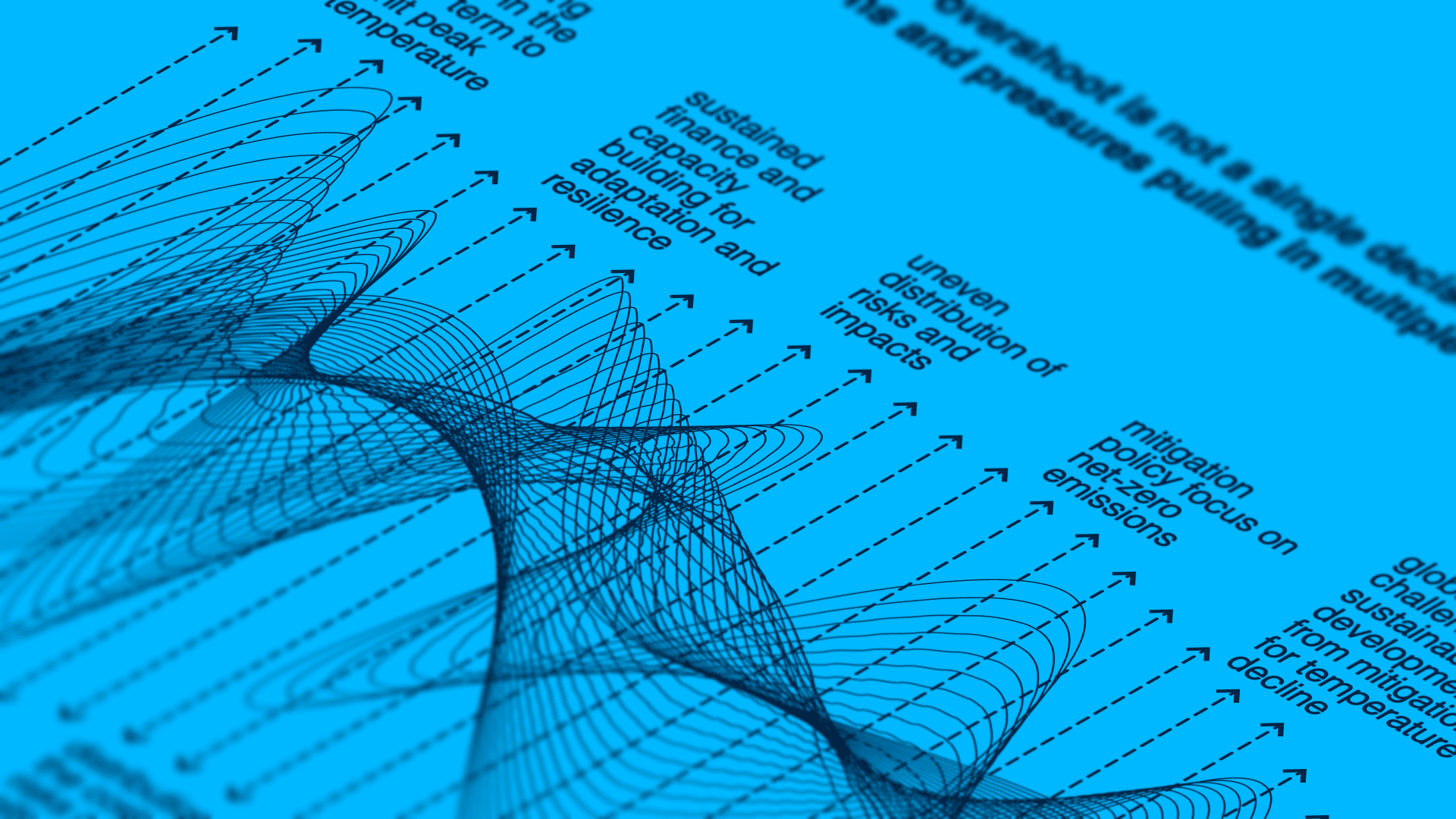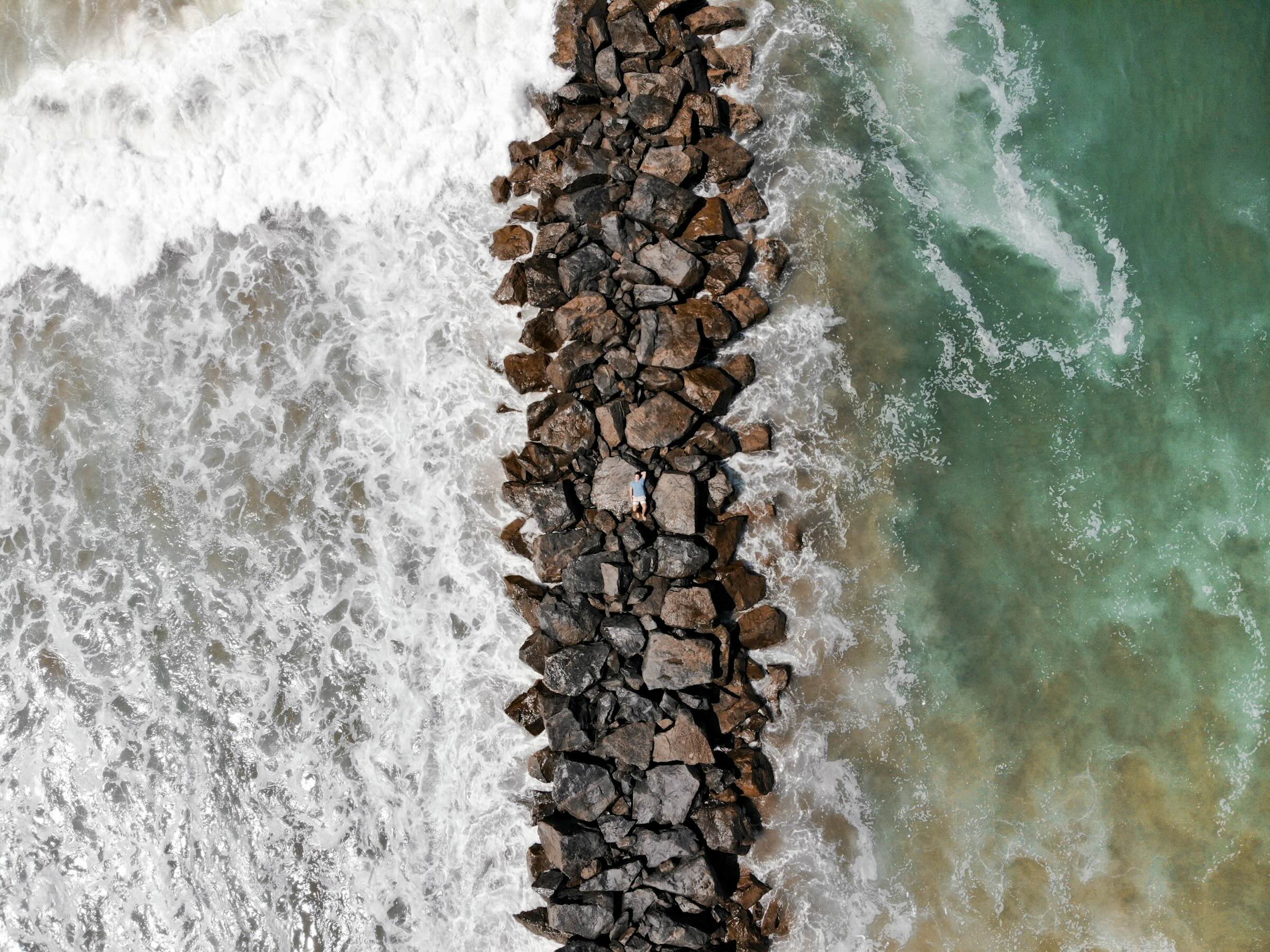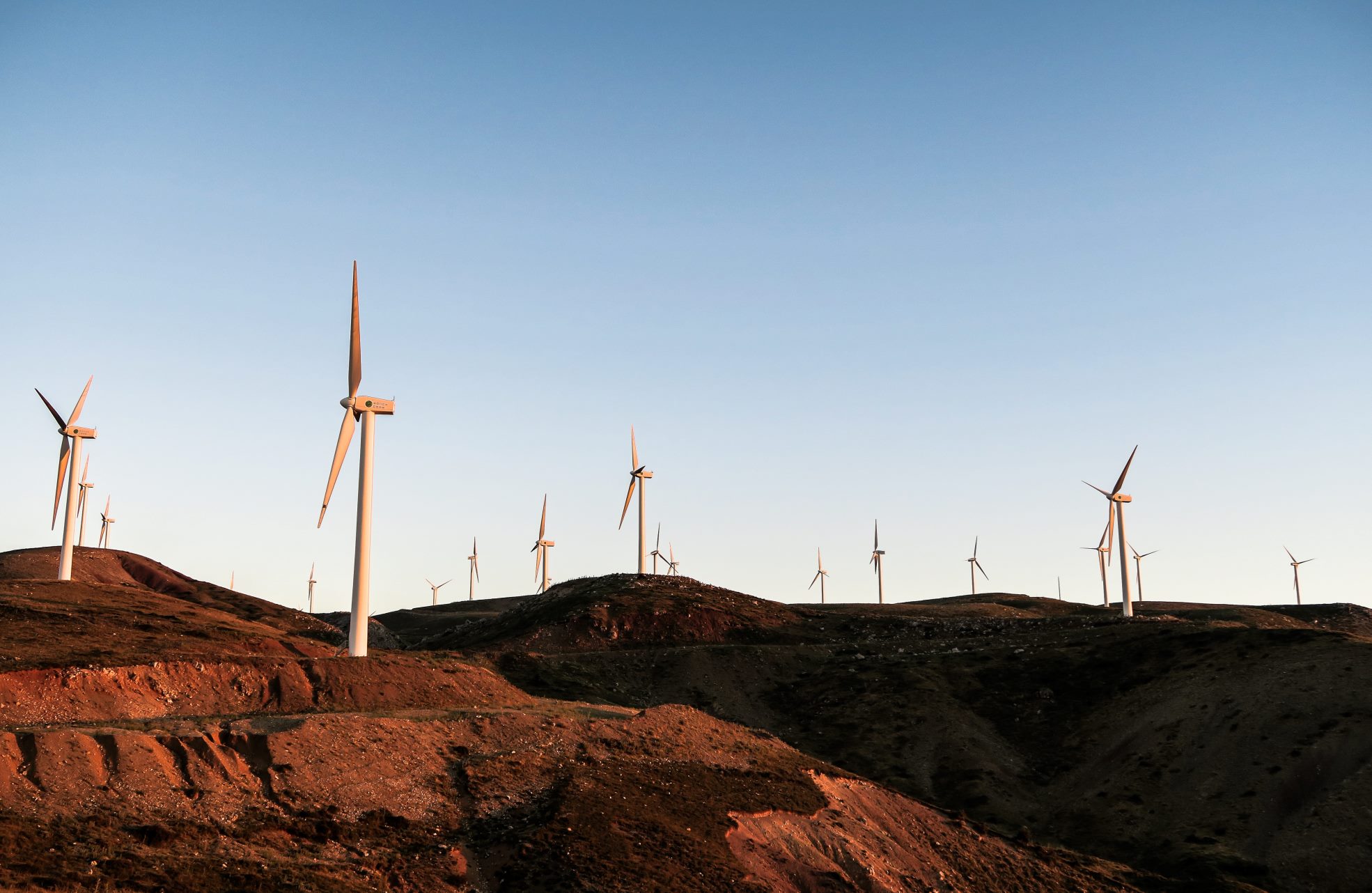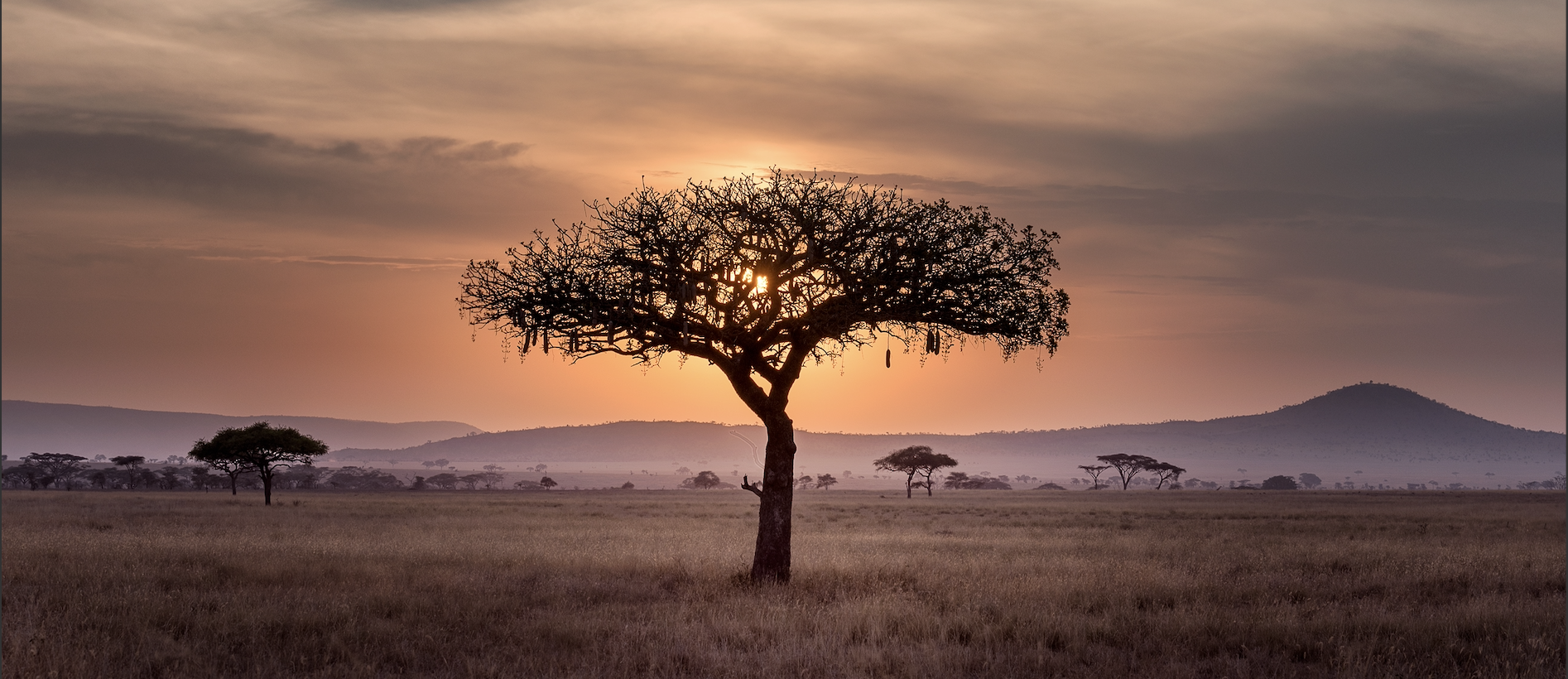In regions with mostly smaller glaciers, like the European Alps and the Pyrenees, glaciers will lose more than 80% of their current mass by 2100 under the scenario business as usual (RCP8.5), according to the IPCC. This represents a notable risk, not only for the natural environment, but also from cultural and scientific perspectives. The Foresight Dialogue “Ghiaccio: il racconto del cambiamento. Fotografia, semiotica e scienza per comunicare il clima” explores the crucial role of ice in scientific research, semiotics and as a means of communicating climate change to the general public.
“In our future, there is much of our past. By studying the ice and climate from hundreds, even hundreds of thousands of years ago, we can understand how the climate has evolved over time and how it is changing now,” says Carlo Barbante, Director of the CNR Institute of Polar Science and Professor at Ca’ Foscari University of Venice. “If we want to properly put current changes into perspective, we need to have a good understanding of the mechanisms through which the climatic system naturally operates.”
This perspective aligns with that shared by the European project Barbante coordinates, Beyond Epica – Oldest Ice, which aims to obtain data on the evolution of temperatures and the composition of the atmosphere by analysing an ice core extracted from the depths of the Antarctic ice sheet, providing a windowover 1.5 million years back in time. Achieving this goal would set a new extraction record, useful for shedding light on the changes in the climatic system during that extensive time frame.
Barbante underscored the significance of ice cores as “climate archives” in the UNESCO-recognized project ICE MEMORY. This initiative gathers and safeguards ice samples from glaciers worldwide, preserving crucial information trapped within the ice that might be at risk due to global warming. According to Barbante, “ice cores contain truly remarkable information about the climate forcings, such as greenhouse gases trapped within microscopic air bubbles, and about the forcings and responses that the climate provides.” The preservation of these ice cores becomes crucial to ensure that future generations of scientists have access to information that might otherwise be lost.
Valeria Burgio, postdoctoral researcher at Ca’ Foscari University of Venice, refers to ice cores as “indicative devices”, describing them as “a succession of traces of events that occurred in the past.” In her study, “Ice Core Verticality: The Eloquence of Ice and the Visual Construction of Deep Time,” she delves into the semiotic significance of ice cores, highlighting that these cores go beyond being mere objects of scientific analysis: they are also “communicative objects”. They embody a natural heritage and a priceless informational resource therefore justifying their preservation and protection.
Fabiano Ventura, landscape photographer and president of the non-profit organisation Macromicro, similarly considers glaciers as communicative objects, using them to represent the impacts of climate change by merging photography and science.
Ventura is the creator and director of the photographic-scientific project On the Trails of the Glaciers. Over a period of thirteen years, Ventura and his team have undertaken eight expeditions to the world’s major mountain ranges to recreate the images of glaciers captured by early photographers and explorers in the late 19th and early 20th century through the use of the repeat photography technique. This method, long used by researchers and glaciologists, involves capturing glaciers, or their remnants, in the same locations, during roughly the same seasonal period and at the same time of day as the oldest photographs.
“By combining comparative photographs with scientific data, our goal was to narrate the story of climate change,” Ventura explains. With his project, he creates a narrative that resonates with the general public and enables them to understand the significance of glaciers and ongoing changes to our planet through “an innovative and, most importantly, emotionally engaging methodology.”
Watch the full webinar (in Italian language)
“Ghiaccio: il racconto del cambiamento. Fotografia, semiotica e scienza per comunicare il clima” is part of the webinar series Foresight Dialogues in which writers, artists, journalists, scientists, innovators and entrepreneurs discuss the role of communication, in its various forms, in accelerating the climate transition. The Foresight Dialogues series is organised in the context of the CMCC Climate Change Communication Award “Rebecca Ballestra” initiative.
Carlo Barbante is the Director of the Institute of Polar Sciences at the National Research Council (CNR) and a Professor at the University of Venice, where he has been involved for years in climate and environmental reconstructions through the analysis of ice cores. He has participated in numerous expeditions and sampling campaigns in polar regions and the Alps and is the author of over 300 publications in high-impact scientific journals. He recently obtained a prestigious Advanced Grant from the European Research Council for the study of anthropogenic impact on the climate in pre-industrial times. He was a visiting professor at the National Academy of Lincei from 2012 to 2014 and is an elected member and vice president of the Academy of Sciences known as the “Quaranta”, as well as the Secretary of the Science Class of the Veneto Institute of Sciences, Letters, and Arts. As a science communicator, he recently published a book titled “Written in Ice”, which was a finalist for the “Mario Rigoni Stern” literary prize.
Valeria Burgio is a postdoctoral research fellow at Ca’ Foscari University of Venice, working within the ERC Health-X-Cross project (P.I. Roberta Raffaetà), focusing on the visualisation forms of the microbiome in scientific research. In her previous role as a researcher at the Faculty of Design and Arts at the Free University of Bozen-Bolzano (from 2015 to 2021), she delved into the use of infographics in visual journalism and scientific communication for outreach. From this experience, the publications “Rumore visivo. Semiotics and Critique of Infographics” (Mimesis, 2021) and “Europa Dreaming. Yearning for Europe from the Brenner Pass” (Bolzano University Press, 2019) emerged, of which she was the curator alongside Matteo Moretti.
With Emiliano Guaraldo, a postdoctoral researcher at NICHE, Ca’ Foscari, she recently published the essay “Ice Core Verticality. The Eloquence of Ice and the Visual Construction of Deep Time” in Elephant & Castle, No. 28, II, 2022. Among her recent publications are also “The traces left by the information designer. Data visualisation and enunciation” in Punctum. International Journal of Semiotics, No. 8, 2022; and “The efficacy of scientific diagrams during the COVID-19 pandemic: processes of visual translation and dynamics of online diffusion” in Visual Culture Studies, No. 02, 2021. She is also the author of the monograph “William Kentridge” (Postmedia Books, 2014), derived from her doctoral thesis in Arts and Design Sciences, obtained at the School of Advanced Studies in Venice (consortium between IUAV University of Venice, Ca’ Foscari, and Venice International University). She held postdoctoral research grants at IUAV University of Venice and EHESS in Paris.
Fabiano Ventura, landscape photographer specialising in environmental themes for over 20 years at fabianoventura.com. President and founder of the non-profit association Macromicro since 2009 at macromicro.it. Creator and director of the photographic-scientific project “On the Trails of the Glaciers” from 2009 to 2021 at sulletraccedeighiacciai.com. After participating in numerous scientific, photographic, and mountaineering expeditions to the most fascinating and remote places on Earth, since 2007 he has been dedicated to the “On the Trails of the Glaciers” project. His sensitivity to the issue of climate change has led him to focus much of his activity on communicating the urgency of this phenomenon to the general public. In collaboration with a team of researchers, directors, and communicators, he has photographed the transformations of the world’s largest mountain glaciers and disseminates the results of his work through exhibitions, documentaries, conferences, and educational programs in collaboration with public and private institutions internationally.
He has exhibited his projects in numerous Italian and international venues, including the Triennale in Milan, the Forte di Bard in Valle d’Aosta, the Klima Arena in Sinsheim, the Civic Museums in Bassano del Grappa, the Lumen Museum in Plan de Corones, the Pigorini Museum in Rome, and the Messner Mountain Museum in Bolzano. In 2020, he curated the exhibition “Italian Routes – Mountains, Mountaineering, Climate Change” for the Italian Ministry of Foreign Affairs and International Cooperation, displayed in various international locations (Museum of Fine Arts in Ho Chi Minh City, Museum of Ethnology in Hanoi, ICE in Seoul, Ben Gurion University in Tel Aviv, Zeughaus-Areal in Zurich, Ioseb Grishashvili Museum in Tbilisi, Museum of Fine Arts in Tirana) and touring until 2024 in Europe and the Americas.

